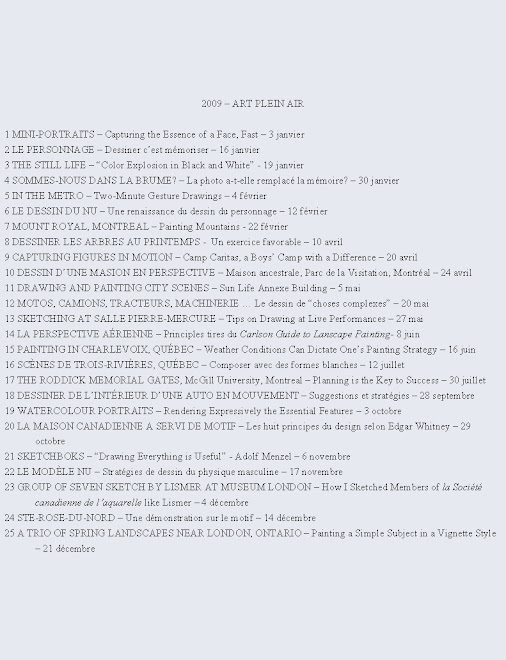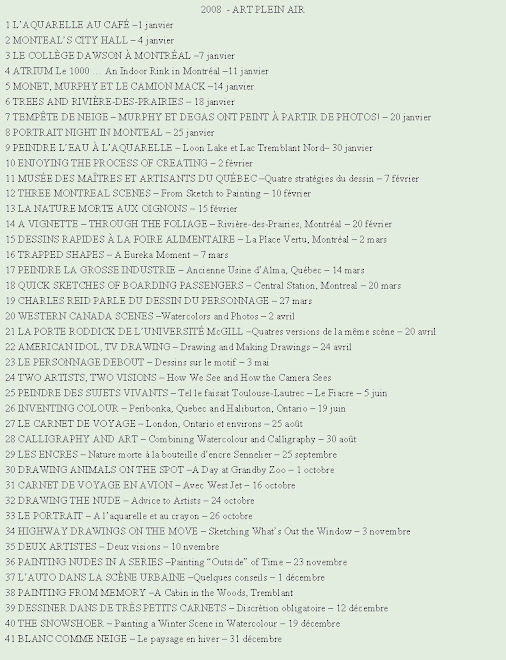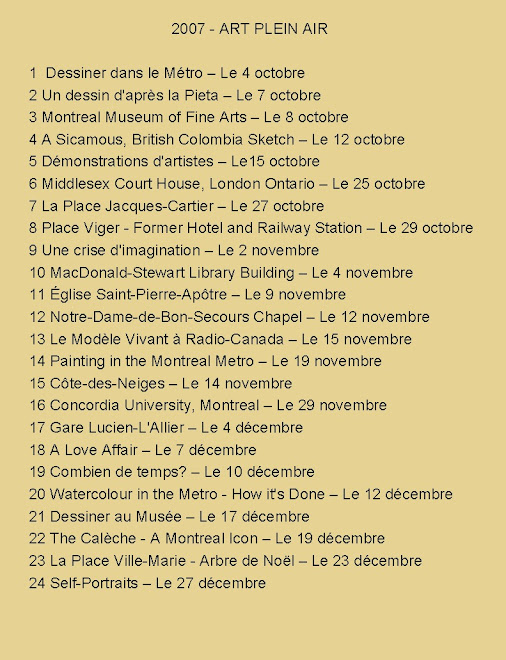
Think “Trapped Shapes” rather than negative space
I had a Eureka* moment when I discovered “trapped shapes”. Bert Dodson in Keys to Drawing says: “If you see a “trapped shape”, draw it.” Now I see “trapped shapes” everywhere and draw them with gusto and hopefully with more precision.
Having been hooked on drawing for over forty years I knew what negative space was. We call the void between the rungs of a rocking chair negative space. But it seems the term “trapped shape” is more meaningful than “negative space”. A “trapped shape” is the triangular shape under a person’s arm when he puts his hand on his hip. It is the undulating shape formed under a chin and snaking to the shoulder when the forward facing model shifts her head to a profile position. “Trapped shapes” are not only found around people. They are everywhere. Shapes are also “trapped” between people or things.
I had a Eureka* moment when I discovered “trapped shapes”. Bert Dodson in Keys to Drawing says: “If you see a “trapped shape”, draw it.” Now I see “trapped shapes” everywhere and draw them with gusto and hopefully with more precision.
Having been hooked on drawing for over forty years I knew what negative space was. We call the void between the rungs of a rocking chair negative space. But it seems the term “trapped shape” is more meaningful than “negative space”. A “trapped shape” is the triangular shape under a person’s arm when he puts his hand on his hip. It is the undulating shape formed under a chin and snaking to the shoulder when the forward facing model shifts her head to a profile position. “Trapped shapes” are not only found around people. They are everywhere. Shapes are also “trapped” between people or things.

Working from the specific shapes to the overall shape
Most art technique books suggest drawing the large general shape first and finishing with the smaller shapes. Personally, I feel that there is room for an alternative strategy at times. One can build the composition from the smaller shapes. Using “trapped shapes” as building blocks can be a useful approach.

Involve your emotions and you might improve your drawing
When drawing, the time tested rule is: Draw shapes, not the object or person. Another related directive is: You will be more successful at drawing what appeals to you or what attracts you. This second suggestion involves the emotions. And emotions deal mostly with specifics not generalities.
Therefore, to first draw interesting particular shapes and be emotionally involved in the chosen motif helps. When in front of a subject seek out those irregular, interesting and odd shapes. Draw them immediately before the emotions wane.

Looking at trapped shapes intensely is like fitting the right piece in the jigsaw puzzle
Have you ever wondered how we are able to pick out of a thousand piece jigsaw puzzle just the right shaped piece to fit a particular space and very often with very little color clue? The human mind is excellent at fitting shapes into shapes. It is innate. Little teaching is needed to master jigsaw puzzle assembling. We spend our lives easily maneuvering our bodies through spaces, through crowds for example. Think for a moment about how we are able to drive our cars at tremendous speeds often only a few inches away from another vehicle. We are hard wired to recognize shapes and move them around and around them.
Look for “trapped shapes” whenever and wherever you draw or paint. You too might become addicted to drawing them and hopefully your drawing will improve too.
Finally, seeing shapes not things became so popular in course of history that cubism, for example, grew out of the practice of composing with shapes not things.
*Eureka (Greek "I have found it") is an exclamation used as an interjection to celebrate a discovery.
TECHNICAL NOTE: The life drawings were done with a variety of graphite pencils from 2B to 8B in an Art Tec Sketch Pad ( 11 x 14 ) from 5 or 10 minute poses at a Radio-Canada life drawing session.
Raynald Murphy sca









Aucun commentaire:
Enregistrer un commentaire